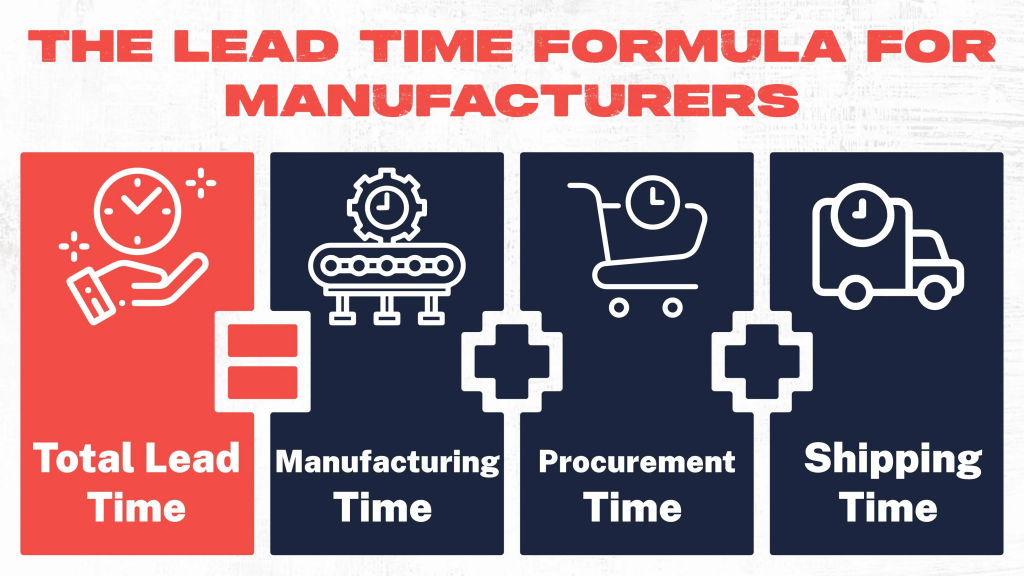Blogs & News
We have a lot of ideas and know-how about bags, material sourcing, sampling, production and a whole host of bag-related topics that we would like to share with you.
Mastering Lead Time in Handbag Manufacturing

Understanding Lead Time
Lead time refers to the total time required to complete a process—from initiating an order to receiving the final product. In handbag manufacturing, lead time includes sourcing raw materials, production, and shipping.
For manufacturers, it starts with ordering materials and ends with finished goods. For buyers, it begins when they place an order and ends upon product delivery. Regardless of your role, managing lead time is essential for ensuring a consistent and efficient supply chain.
Why Lead Time Matters in Inventory Planning
Handbags fall under the fast fashion category, where timing is everything. Certain designs trend during specific seasons, making accurate inventory forecasting crucial.
- Order too late, and you risk missing key sales windows.
- Order too early, and you’re left with costly storage and potential obsolescence.
Lead time also impacts your ability to respond to market trends and manage risk. With intense competition in fashion accessories, strategic timing can make or break a product launch.

Key Factors That Affect Lead Time
1.Customs and Import Regulations
Customs procedures can be a major bottleneck in international shipping. Partnering with experienced manufacturers who handle customs efficiently can save time and reduce risk.
2.Shipping Methods
Transport delays—especially with international suppliers—are common.
- Air freightis faster but expensive and less eco-friendly.
- Sea freightis cost-effective and commonly used, especially from Asian countries like China, known for reliable shipping lanes.
Even domestic suppliers can experience delays, though generally to a lesser extent.
3.Manufacturer Reliability
A capable and dependable manufacturer is critical. Even the fastest shipping won’t matter if production is delayed. Always vet your partners thoroughly and consider having a backup supplier to mitigate risks from unexpected events like natural disasters or geopolitical issues.
How to Manage Lead Time Effectively
- Plan AheadPlace orders early enough to accommodate expected delays, ensuring products arrive before the sales season.
- Enhance Supplier CommunicationBuild strong, transparent relationships with your manufacturers. Clear communication reduces the chance of delays due to misunderstandings and enables faster issue resolution.
- Streamline Your Supply ChainOptimize every stage—from order placement to warehousing—to absorb and reduce the impact of lead time. Efficient systems help maintain flexibility and responsiveness.

Conclusion
Lead time is an unavoidable element of handbag production. It’s influenced by transportation, distance, customs, and manufacturer reliability. While you can’t eliminate it, you can manage it through smart planning, strong supplier relationships, and efficient operations.
Explore SINGYOUNG’s Low MOQ Custom Services Whether you’re launching a new line or scaling an established brand, SINGYOUNG provides low minimum order quantity (MOQ) options tailored to your design and quality requirements.
📩 Connect with us to learn how we can help bring your next handbag collection to life—with craftsmanship you can count on.

